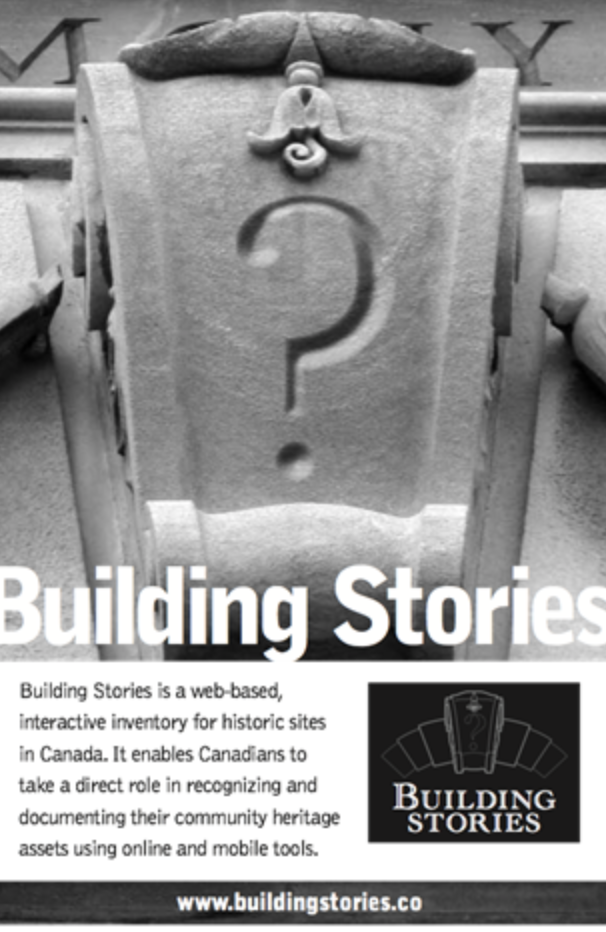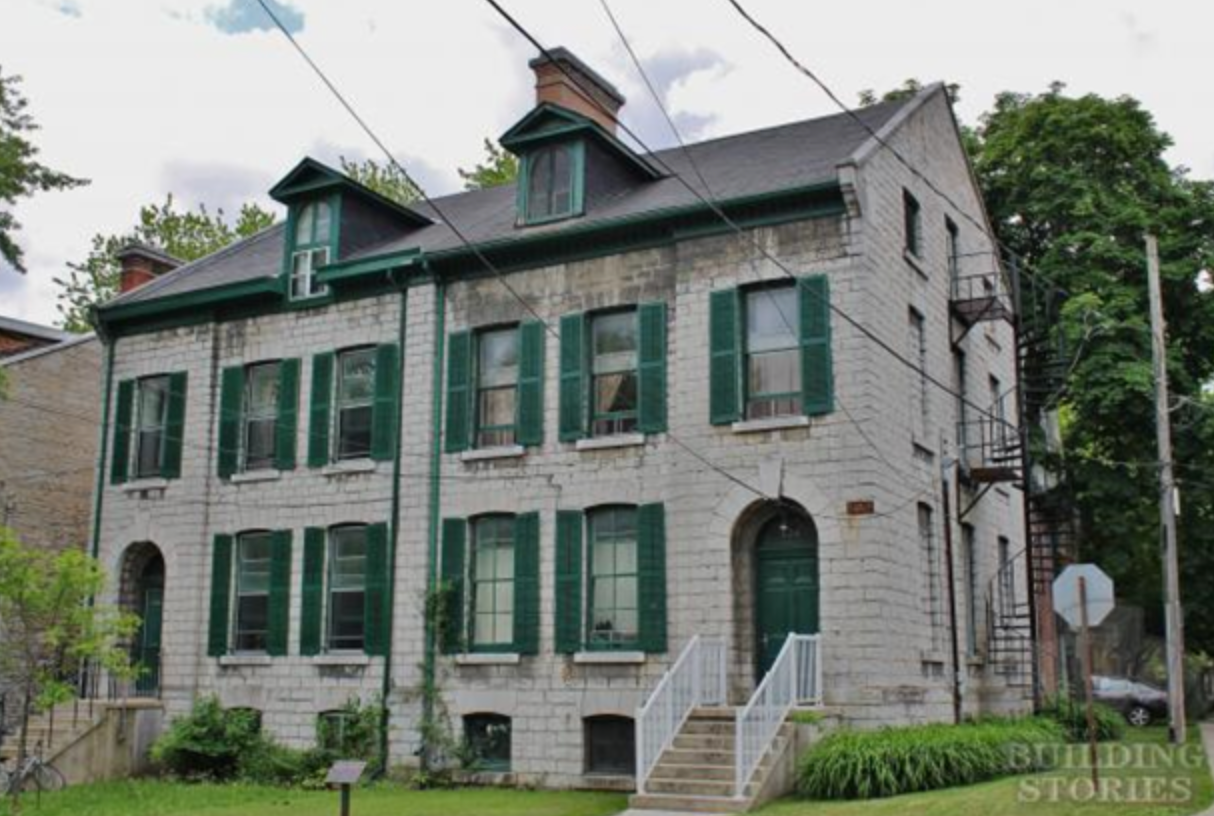
Editor’s note: I am again happy to welcome Robert Shipley as a guest contributor. Emeritus Professor Shipley was Associate Director of the School of Planning, University of Waterloo and Director of the Heritage Resources Centre until his retirement in 2016. He was a Research Fellow at Oxford Brookes University, England and is recognized as a leading international expert on culture, heritage and tourism and the economics of heritage development. While heading the Heritage Resources Centre, Robert shepherded the development of Building Stories.
Back in the mists of time, about 1970, the Federal Government launched a wonderful initiative called the Canadian Inventory of Historic Buildings (CIHB). It was a state-of-the-art project based on a sound method. It was probably the first computerized architectural database in the world. Its aim was to record as many as possible of pre-1920 buildings and later the target changed to include all buildings built before World War II.1
Each summer over several years a small army of students on work terms was sent out across the land, armed with a kit called the fixed form recording method. Developed from a UK model, the kit included extensive lists of diagrams and icons visualizing architectural forms and details. The appropriate icons were checked off and an accurate description emerged. As well there were instructions for photo recording and documentary reference collection. There were few people in Canada at the time who knew how to undertake architectural recording but hundreds of young people acquired this skill set as they worked on the inventory. The method was its own tutorial and many of those who went on to professional careers cut their teeth on the CIHB.
By the 1980s, however, enthusiasm for the project waned at Parks Canada. Austerity, gutted budgets, changing priorities and ousted governments all combined to undermine the CIHB. All the information gathered remained in the federal archives and it continued to serve as a research tool. For example, a 1990s study found to the horror of many that 20% of the historic buildings recorded under the CIHB had already been lost! But by then the work of recording had stopped.

Fast forward to the 2000-oughts. The kind of IBM, mainframe computer that had managed the first CIHB data was an antique, and personal laptops could now manipulate inventory databases in their sleep. This revolution enabled the democratization of information-gathering for heritage conservation practice. The original fixed form recording method remained valid and the CIHB iconography, which enabled non-professionals to contribute, was well-suited to newly available technology through mobile apps.
Over the period of a year and half starting in 2010, the University of Waterloo Heritage Resources Centre in collaboration with the Centre for Community Mapping and the University of Waterloo Computer Systems Group, built a multi-functional platform called Building Stories. This was CIHB for the masses.

132-134 Earl Street, Kingston, 1866
Building Stories had the capacity to record text, sound and visual data and, while it could be accessed from any computer, it also worked remotely with apps for all three modes available at the time: iPhone, Android and Blackberry. It could geolocate and interface with Google Maps to create walking tours in situ. CIHB had been a one-way process, but Building Stories was designed to go way beyond that and to tell the stories about buildings and as importantly the people who use them.
The investment required to develop Building Stories was considerable, running into hundreds of thousands of dollars. The funds came mainly from federal government software development, training and historic places programs.
So why has Building Stories not become a standard tool for heritage conservationists?
There are a couple of explanations. The system is very sophisticated and is in a way a victim of that sophistication. Imagine: You can arrive in a town, turn on the Building Stories app, and receive information about the building in front of you (if the data has been entered). Next the app could provide you with a tour including way finding from site to site. If you see a building that you find interesting, you can immediately begin an entry on that structure. You can begin with a photograph and then, using the CIHB iconography, start building a description of the site. Cultural heritage landscapes can also be captured. In spite of the Heritage Resources Centre conducting workshops in many communities and tutorials built into the app, many people found it intimidating.
The original app was also accused of inelegant design. It was not as flashy as many apps and that was because grant money for development stipulated that the product be universally accessible — meaning it could not be designed to suit just one platform.

Museum London, 421 Ridout Street North, London, 1980
There is good news, however. Building Stories is still here… at www.buildingstories.co/. You can open it anywhere in Canada. In certain places —Goderich, Stratford, Thorold, and parts of London and Waterloo to name a few — you can experience Building Stories on the street. It is also operable for any group, a municipal heritage committee or Architectural Conservancy Ontario branch, for example, to use. If your organization is interested, you should try it out. Contact the Heritage Resources Centre for assistance.

Winterbourne Bridge, Township of Woolwich, 1913
Notes
Note 1: Christina Cameron, “Canadian Inventory of Historic Buildings,” Bulletin of the Association for Preservation Technology, Vol. 18, No. 1/2 (1986), Environment Canada: Parks, 49-53.